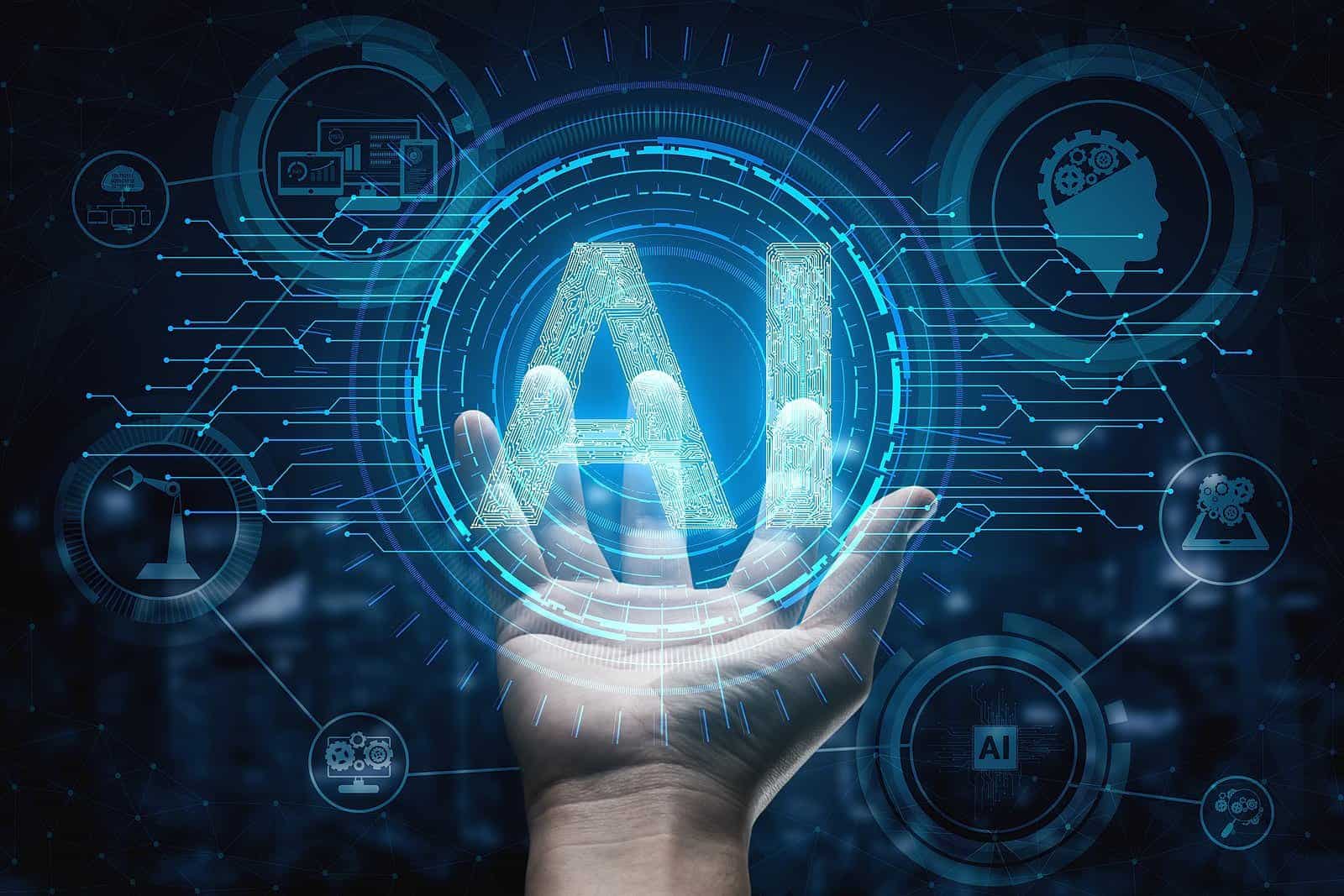A Strategic Move Toward Digital Literacy
The initiative introduced by Federal Minister for IT and Telecommunication, Shaza Fatima Khawaja, to incorporate Artificial Intelligence (AI) into the school curriculum from kindergarten to grade six has sparked significant discussion. This move is seen as a forward-thinking approach aimed at equipping young students with essential digital skills. The goal is to prepare the next generation for a rapidly evolving technological landscape and to foster a culture of innovation and adaptability.
Preparing for the Future
Integrating AI into early education is a crucial step in ensuring that children are not only familiar with technology but also understand its applications and implications. By introducing these concepts at a young age, students can develop a foundational understanding of how AI works, which can lead to more informed and responsible use of technology in their later years. This initiative also aligns with global trends where countries are increasingly investing in STEM education to stay competitive in the digital economy.
Challenges in Implementation
Despite the positive intentions behind this policy, several challenges must be addressed to ensure its success. One of the primary concerns is the disparity in infrastructure between urban and rural areas. Many schools, particularly in remote regions, lack basic facilities such as reliable electricity, internet connectivity, and even access to computers. Without these fundamental resources, the implementation of AI-based learning may not be feasible, leading to an uneven distribution of educational opportunities.
Additionally, the training of teachers plays a critical role in the effectiveness of any new curriculum. Educators need proper guidance and support to integrate AI tools into their teaching methods. Without adequate training, the potential benefits of the initiative may not be fully realized, and students may not receive the quality education they deserve.
Balancing Technology and Development
Another important consideration is the impact of excessive screen time and AI usage on young children. While technology can enhance learning, it is essential to strike a balance between digital engagement and traditional forms of education. Over-reliance on screens can affect children’s social development, attention spans, and overall well-being. Therefore, it is vital to establish guidelines that promote healthy and balanced use of technology in the classroom.
Ensuring Equitable Access
To make this initiative truly inclusive, the government must prioritize equitable access to resources. This includes investing in infrastructure, providing training for educators, and ensuring that all students, regardless of their geographic location or socioeconomic background, have equal opportunities to benefit from AI education.
Furthermore, fostering digital literacy should go beyond technical skills. Encouraging critical thinking, creativity, and ethical reasoning will help students navigate the complexities of the digital world. These competencies are essential for developing well-rounded individuals who can contribute meaningfully to society.
Conclusion
In conclusion, while the integration of AI into the school curriculum is a promising step toward preparing students for the future, it requires careful planning and execution. Addressing infrastructural gaps, providing teacher training, and promoting balanced use of technology are all essential components of a successful implementation. Only through a comprehensive and inclusive approach can this initiative achieve its intended goals and create a more digitally empowered generation.







